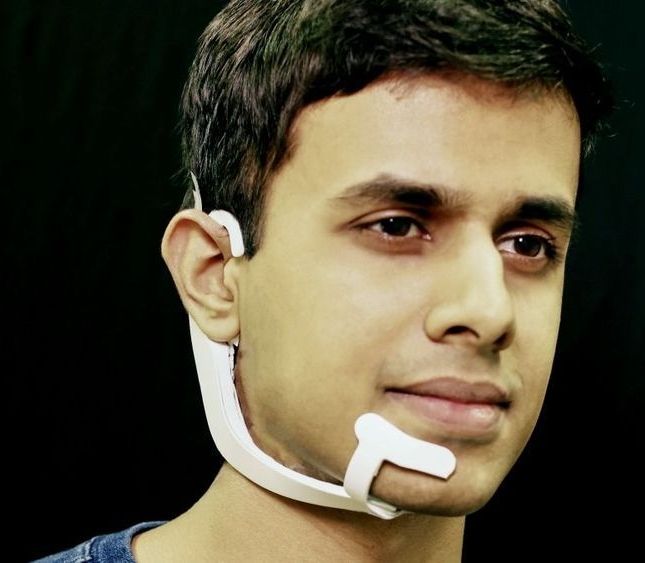A research team led by Professor Johann de Bono at the Institute of Cancer Research, London has successfully tested a new drug that has infiltrated different forms of cancer in an ongoing human trial [1].
The drug is called tisotumab vedotin (TV) and works like a ‘Trojan Horse’ by hiding a cancer-killing payload inside an antibody, which allows it to infiltrate the tumor and attack it from the inside.
The antibody seeks out a surface receptor on tumor cells known as ‘tissue factor’ (TF). TF is expressed by many tumor cells and contributes to a variety of pathological processes, including thrombosis, metastasis, tumor growth, and tumor angiogenesis. Once the antibody has located the TF receptor, it binds to it, and the cancer-killing payload is able to enter the tumor cell and destroy it from the inside.








